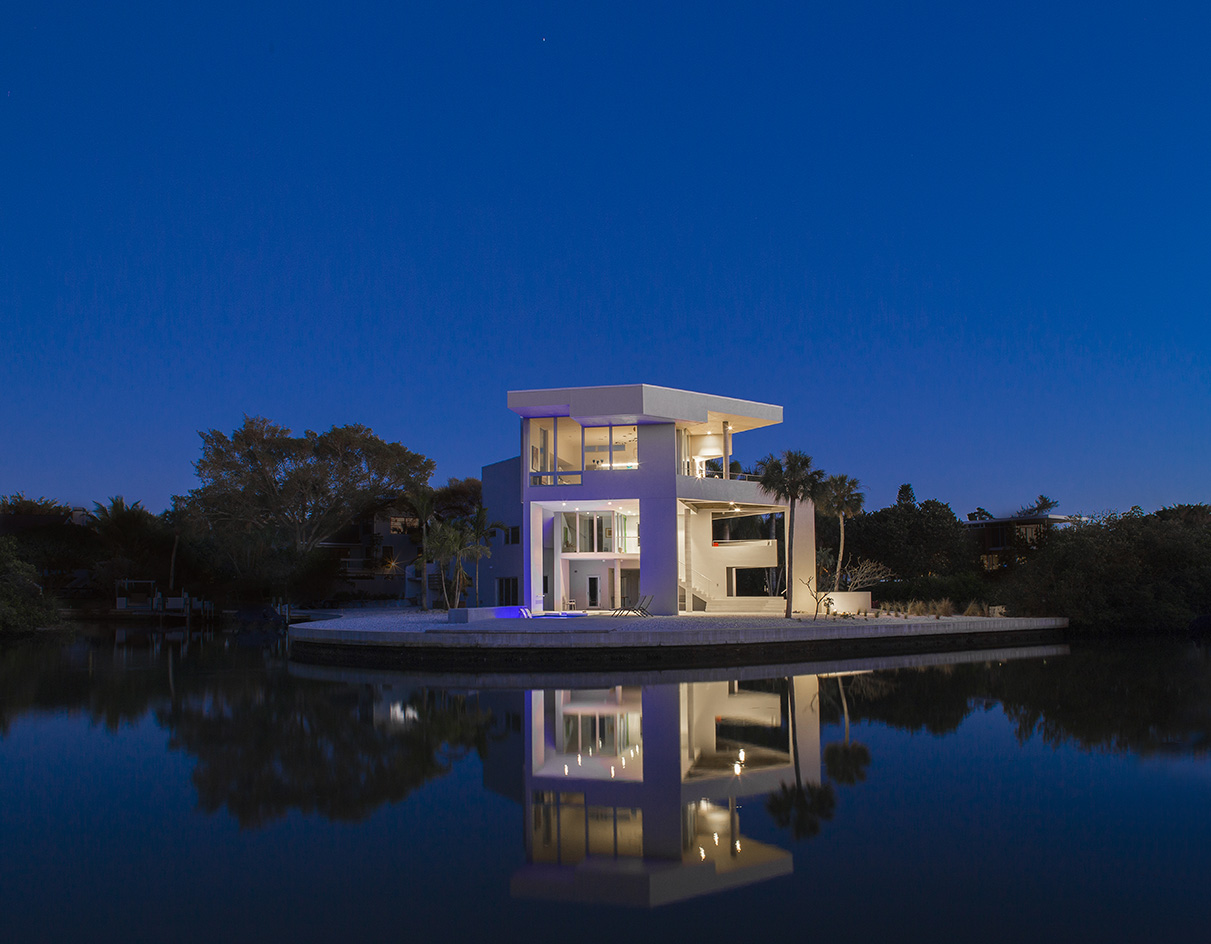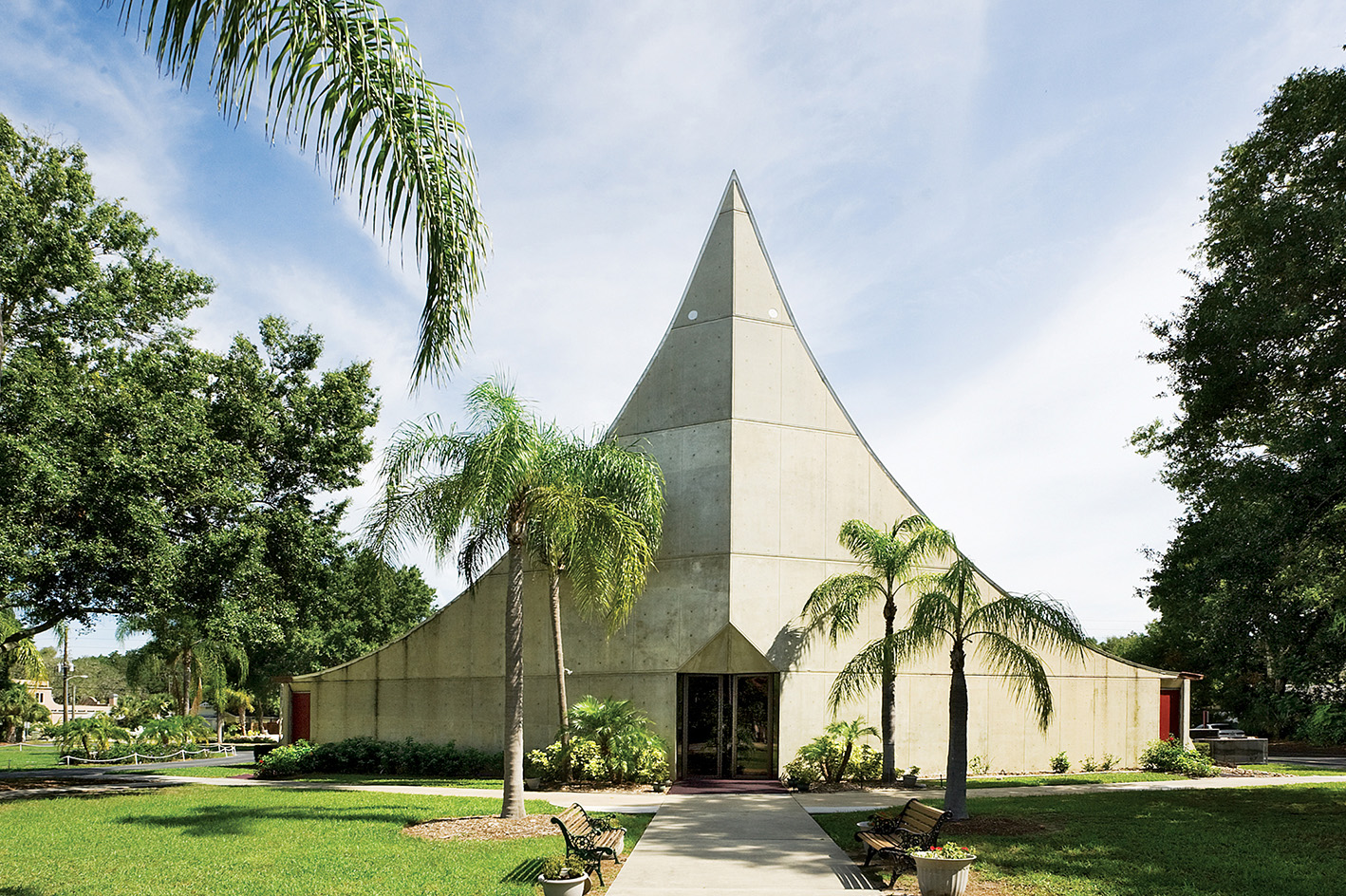
Architecture Sarasota MOD Weekend has just celebrated its tenth year, spreading from the Florida city's Downtown to the Lido and Siesta Keys, with a tour that wound through the area's distinctive modernist architecture designs of world-renowned 20th-century professionals.
It is a city where, in early November, the climate is breezy and temperate, and roads are lined with queen palm and banyan trees whose roots sink into the earth amid piles of sun-bleached seashells. A midcentury, post-war migration to this part of the US Sunbelt gave Sarasota a population boost and with that a sudden need for housing suited for Florida's subtropical climate; and the architects followed.
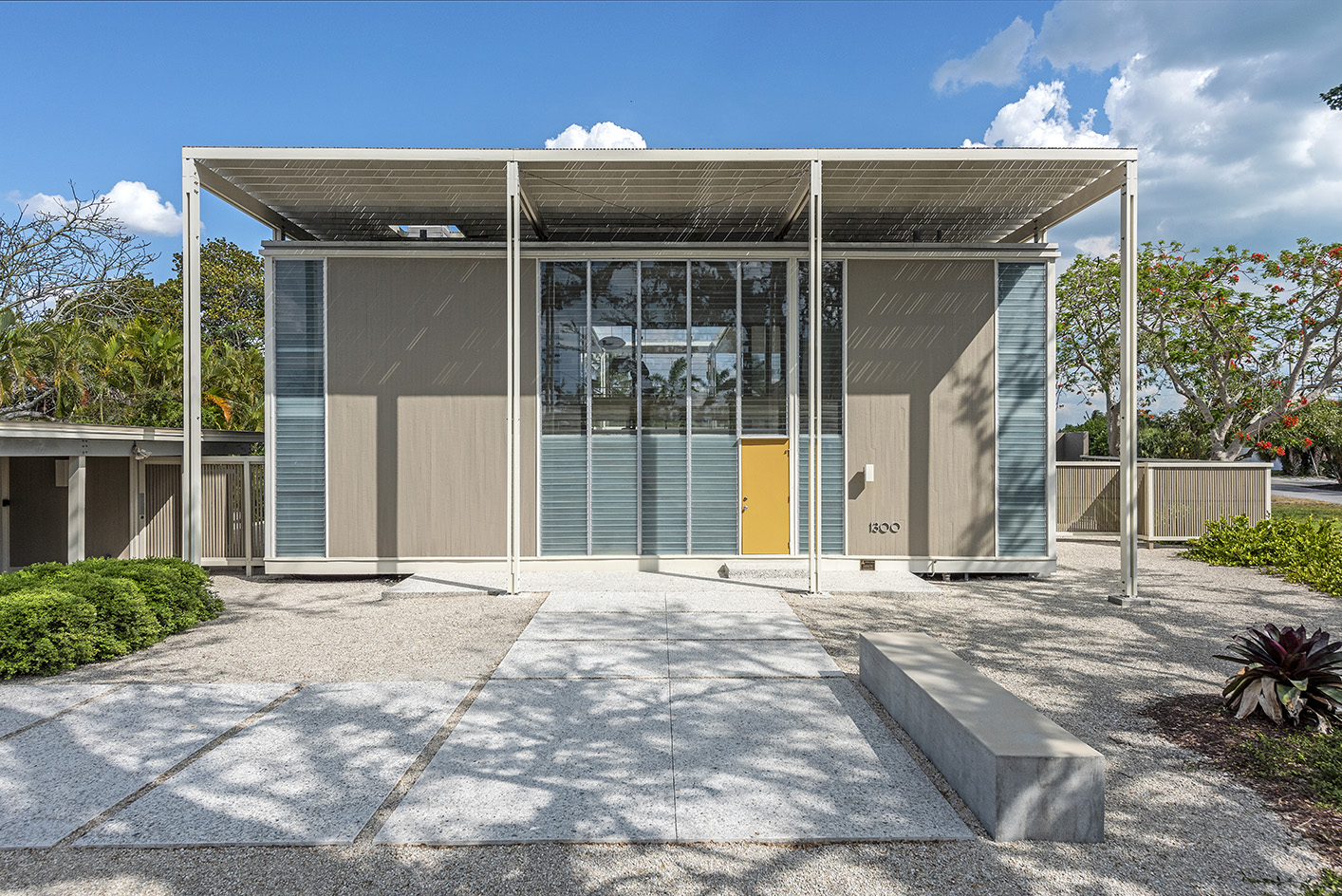
Learning from Architecture Sarasota MOD Weekend 2023
The Sarasota School of Architecture – highlighted in our Sarasota tour from 2022’s Weekend events – was prescient in its intuitive response to the natural world, designing with site sensitivity and functionality after several brutal years of war and pandemic. It used organic shapes, such as curved beams, and concrete foundations propped up for flooding, alongside materials like seashells, local laminated wood inspired by the living terrain of Sarasota keys, in addition to outdoor screened lanais inspired by the tropical climates of South Asia and Hawaii, and entire full pane window walls that invite the natural world inside.
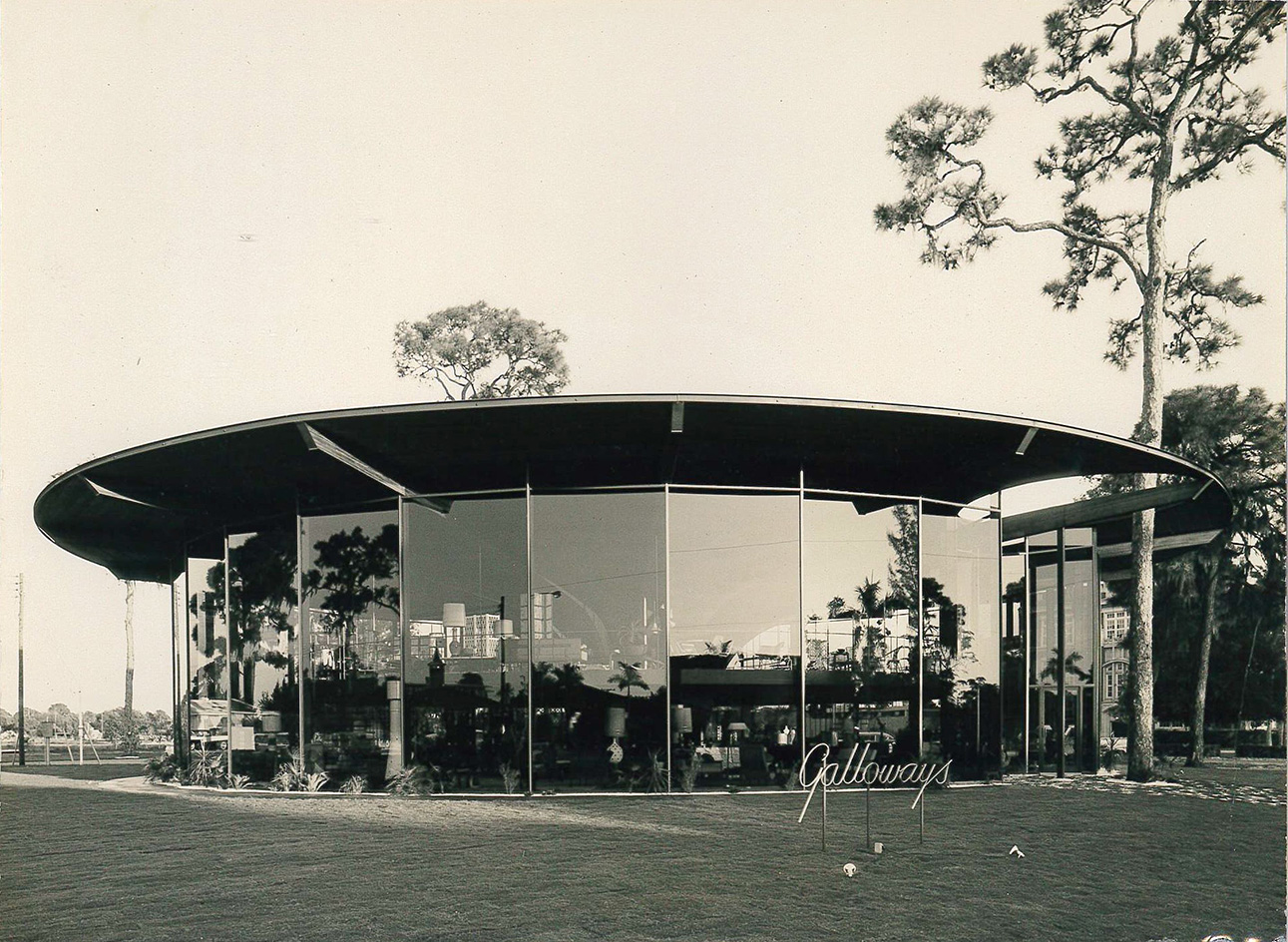
In many ways, the School's attitudes reflect the architecture world's current concerns – now, many architects seek to pivot from synthetic materials toward organic ones, looking to new technologies focused on sustainability like Greencrete and Cross-Laminated Timber. The re-emergence of biophilic design and outdoor-indoor living in recent years points to a shift in how we live in a post-pandemic world, when connecting to nature and each other has become a priority for many.
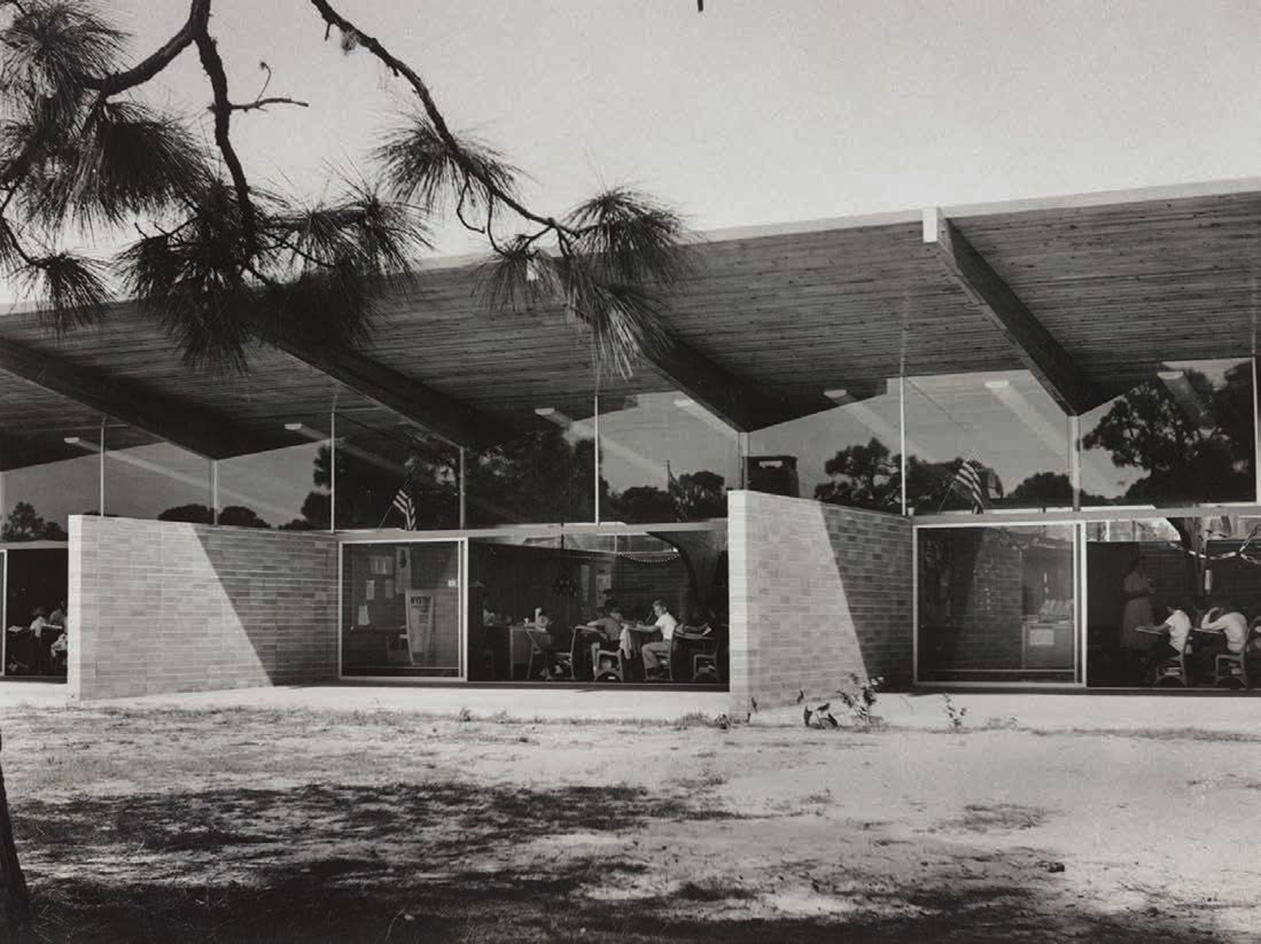
The focus for Architecture Sarasota MOD Weekend 2023 was on Victor Lundy, whose vision ran alongside architects of the area like Harvard-exports Ralph Twitchell and Paul Rudolph. Born in 1923, Lundy was educated in the Beaux-Arts and Bauhaus schools of architecture and studied under Walter Gropius. He was pulled to Sarasota in 1951 for its burgeoning architecture scene, though in many ways he was in a league of his own. An artist as much as an architect, Lundy's drawings, paintings, and organic designs resulted in sculptural buildings that defied categorization.
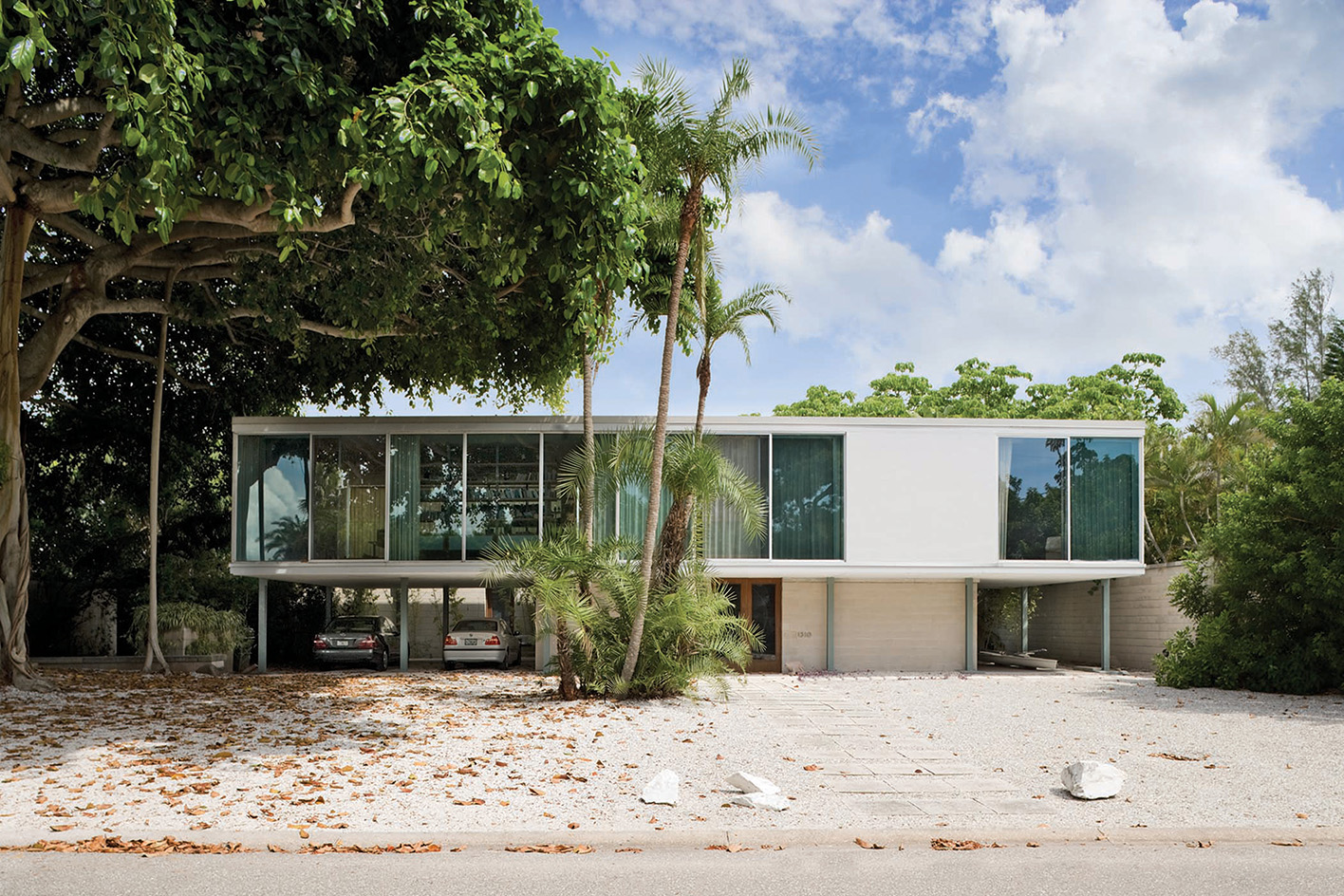
His, and the Sarasota School's, frequent use of laminated woods and bespoke, pre-cast concrete serve as fresh examples of sustainable design explorations, well-suited for a world lambasted by global warming. For example, Architecture Sarasota MOD's main symposium was held in one of Lundy's later projects, the St Paul Lutheran Church (1969). The church is a structural and material feat with sweeping, glue-laminated beams that curve like mushrooms to the peak of the sanctuary.
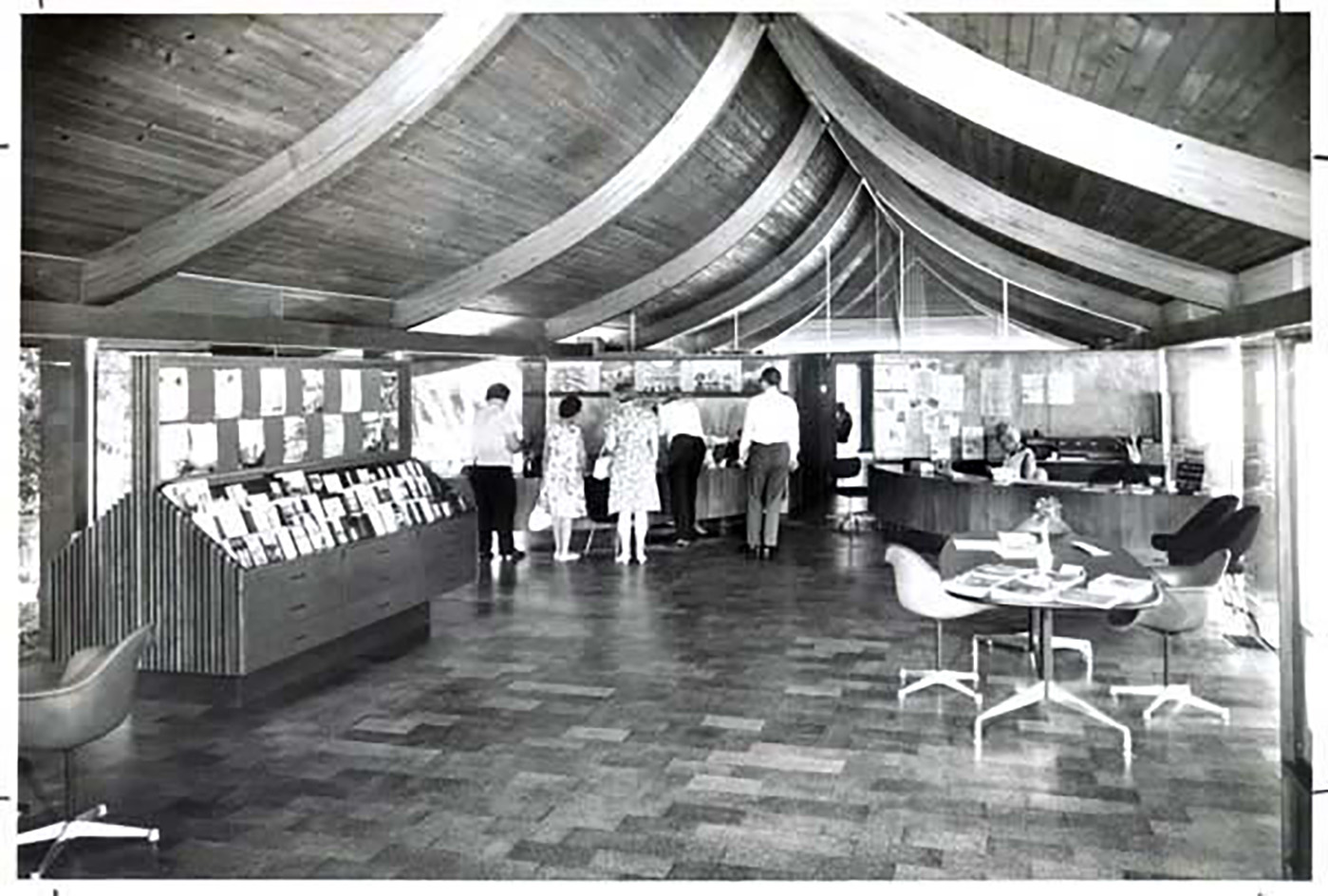
Back in 1948 when the Sarasota School was just beginning to form, the use of concrete was mostly an economic choice rather than an aesthetic one. When architects Ralph Twitchell and Paul Rudolph hired John E Lambie, a local contractor known for his experimental methods with concrete, the resulting Revere Quality House became the tropical utopian prototype for future living. It is a low-height residence with a classic mid-century silhouette made from poured-in-place concrete and single-pane glass walls and jalousie windows for Siesta Key breeze. Lambie incorporated a thin layer of crushed shell to hold moisture and cool the roof.
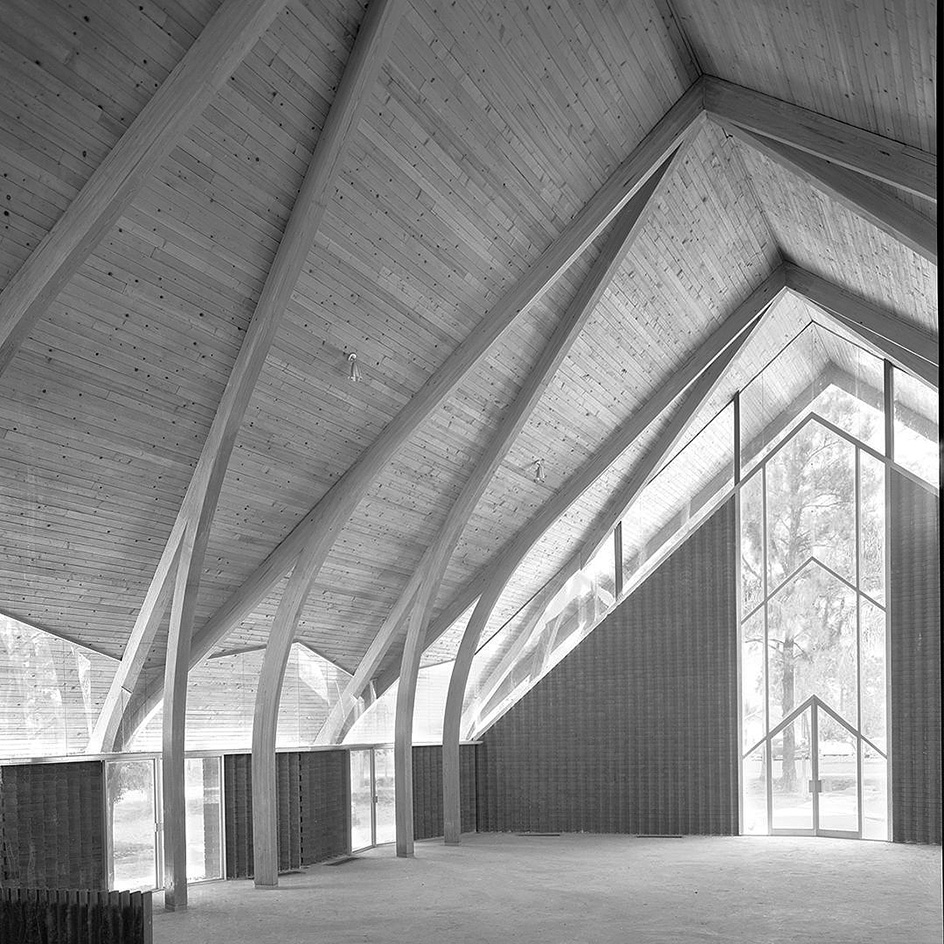
Though on its own, concrete on its own is not a sustainable material, using precast and local concrete with fly ash, recycled concrete and broadcast crushed seashells, as several Sarasota examples of that era do, gives a more environmentally friendly twist to the material, exploring more nature friendly building techniques with it. In addition to their indoor/outdoor designs, John Lambie and the Sarasota School of Architecture were ahead of the curve, marking it a widely adopted material that now has earth-friendly innovations, such as hempcrete and super adobe.
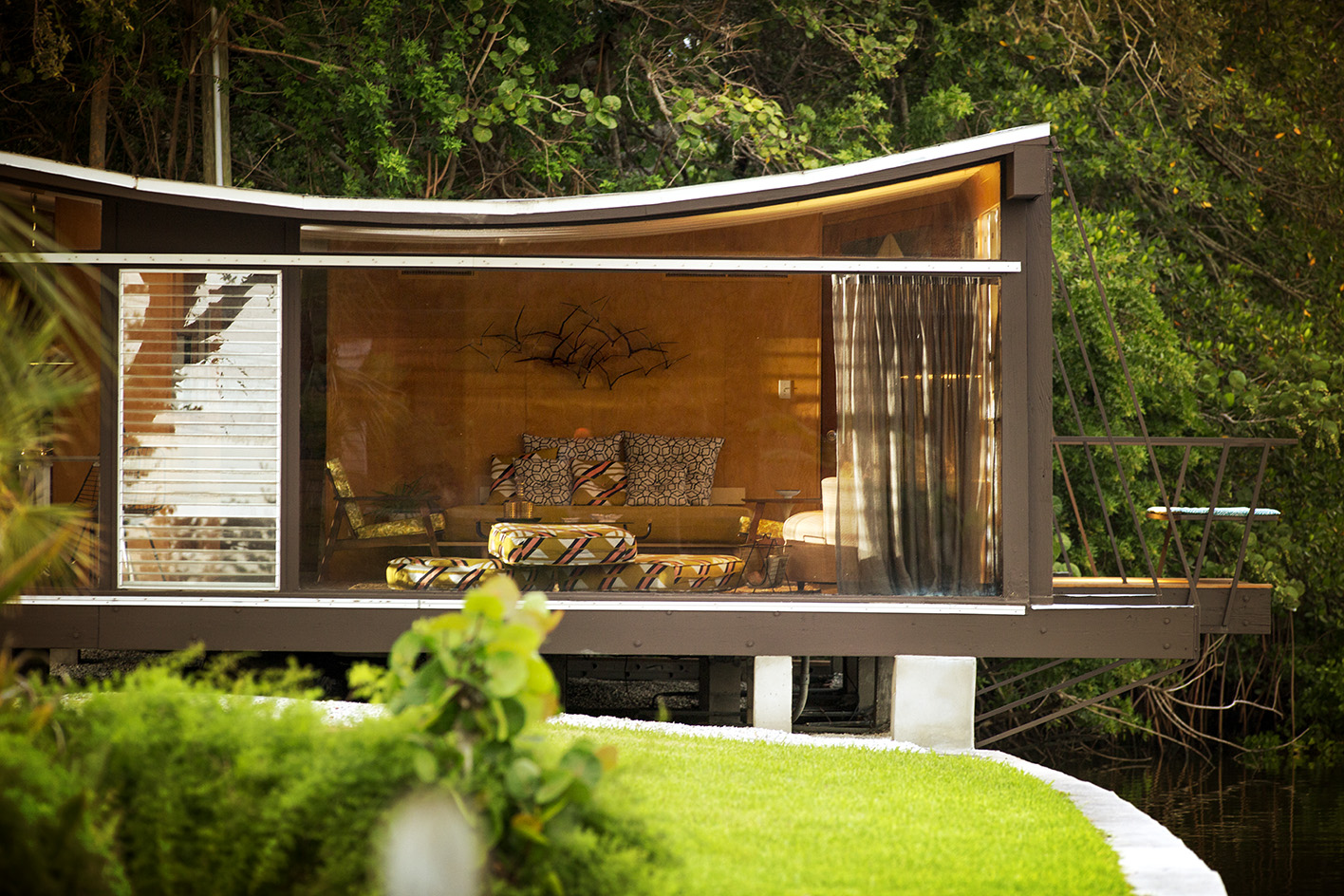
The use of biomaterial concrete echoes in the recent renovation of the The Lundy-designed Fire Station No. 3 at Siesta Beach, another stop on the MOD Tour. Renovated by SweetSparkman Architects, the old station features fire-strengthened reinforced concrete cladding poured with Lambie's broad-cast crushed seashell technique, along with recycled concrete that mimic the colours of Siesta Key’s quartz sand beaches.
Though built before the pressing discourse of climate change, these buildings and the aspirations for the future they represent, form key precedents in the evolution of sustainable and biophilic design. From use of space to materials, the members of the Sarasota School of Architecture, including their contractors and collaborators, gave us clear and immaculately-designed examples for living in harmony with the natural world.
